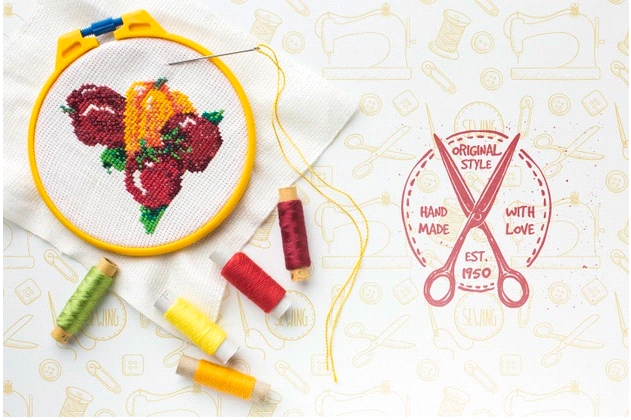History claims that a person hollowed out his first kitchen utensils from stone, made from bark and wood, wove from twigs, sculpted from clay, and also used improvised materials: shells, shells of large nuts, bags of animal skins.
Wooden utensils were made from oak, linden, birch, maple, and fruit trees. Our ancestors believed that their wood had useful properties. For the manufacture of wicker dishes, in which bulk products and liquids were stored, straw and vines were used. They were connected so tightly that when the walls of the vessel swelled from the liquid inside it, they became waterproof. Unlike clay counterparts, wicker dishes were lighter and therefore more convenient for transportation. These were the first eco-friendly cups and plates!
Another interesting idea from antiquity that resonated with modern designers is dishes that can be eaten with food! For example, in bread, from which the middle was taken out, both the second and the first course can be served. By the way, bread bowls for soup, which can even be heated in the microwave, are very popular in England. And such a plate is disposed of inside a person – well, no harm to the environment.
Nobuhiko Arikawa, a designer from Japan, made eco-friendly dishes from rice flour and water.
Designer Huck Waters has created a collection of edible tableware made from dry fibers of vegetables and fruits, processed in a special way: they can be eaten with a main course.
Some Italian, American, and English restaurants serve coffee in edible cups made from baked dough, waffles, or biscuits with a layer of icing on the inside. Drank coffee, ate a cup. And they look interesting and at the same time perform their functions “jelly-marmalade” cups and spoons made of dough.
As you can see, technology does not stand still, there is a safe alternative to plastic. And everything goes to the fact that the production of biodegradable tableware will soon become a global trend.
We (together with Royal Craft Wood) decided to tell you more about dishes made from eco-friendly materials using the example of products made from bamboo fiber. Why bamboo? Because bamboo plates, glasses and spoons, evend cheese board with knives not only perfectly replace any disposable plastic ones, but perform their functions for years. Moreover, oriental medicine believes that eating from bamboo dishes helps to prolong life and produce the hormones of joy – endorphins. But for most of our compatriots, bamboo is an exotic plant. Therefore, first a few words about him.
He is not afraid of moisture, sun and temperature changes. Bamboo stems have high resistance to stretching and bending, they are resistant to breaking.
Bamboo is used to make furniture, wallpaper, slabs and boards, use it to create bicycle frames, musical instruments, household goods, clothing, dressings, cosmetics and even medicines. And the antiseptic, which is contained in the fibers of the plant, gives bamboo products antibacterial and deodorizing properties.
Bamboo dishes are bowls, salad bowls, plates, bowls, glasses, cups, forks, spoons, shovels, trays and coasters, boards, mats for rolling rolls, bamboo skewers and much more. It can look like wood or be bright with fun prints. Moreover, such dishes are light, resistant to scratches and falling. Plus, it has low thermal conductivity, dries quickly, does not emit or absorb foreign odors, has antimicrobial and antifungal resistance, which means it is hypoallergenic.
In terms of disposal, almost all types of bamboo products have the unique property of decomposing very quickly: in about 180 days in the ground, and in just two! days in the water. This is very convenient for maintaining the ecosphere along the banks of water bodies, where vacationers like to come so much – maybe bamboo eco-ware will help to completely solve the problem of dirty water bodies and the coastal strip in the near future.






